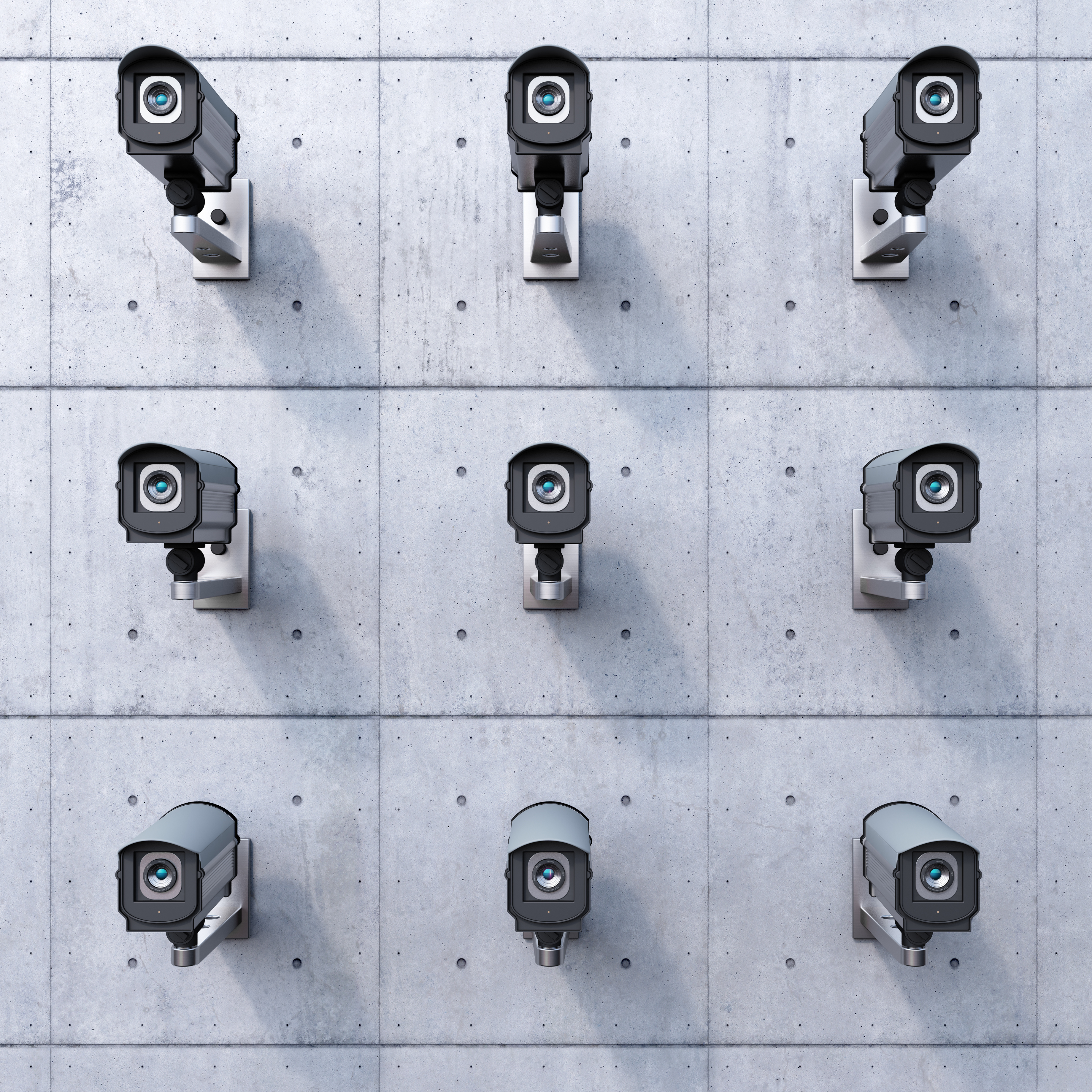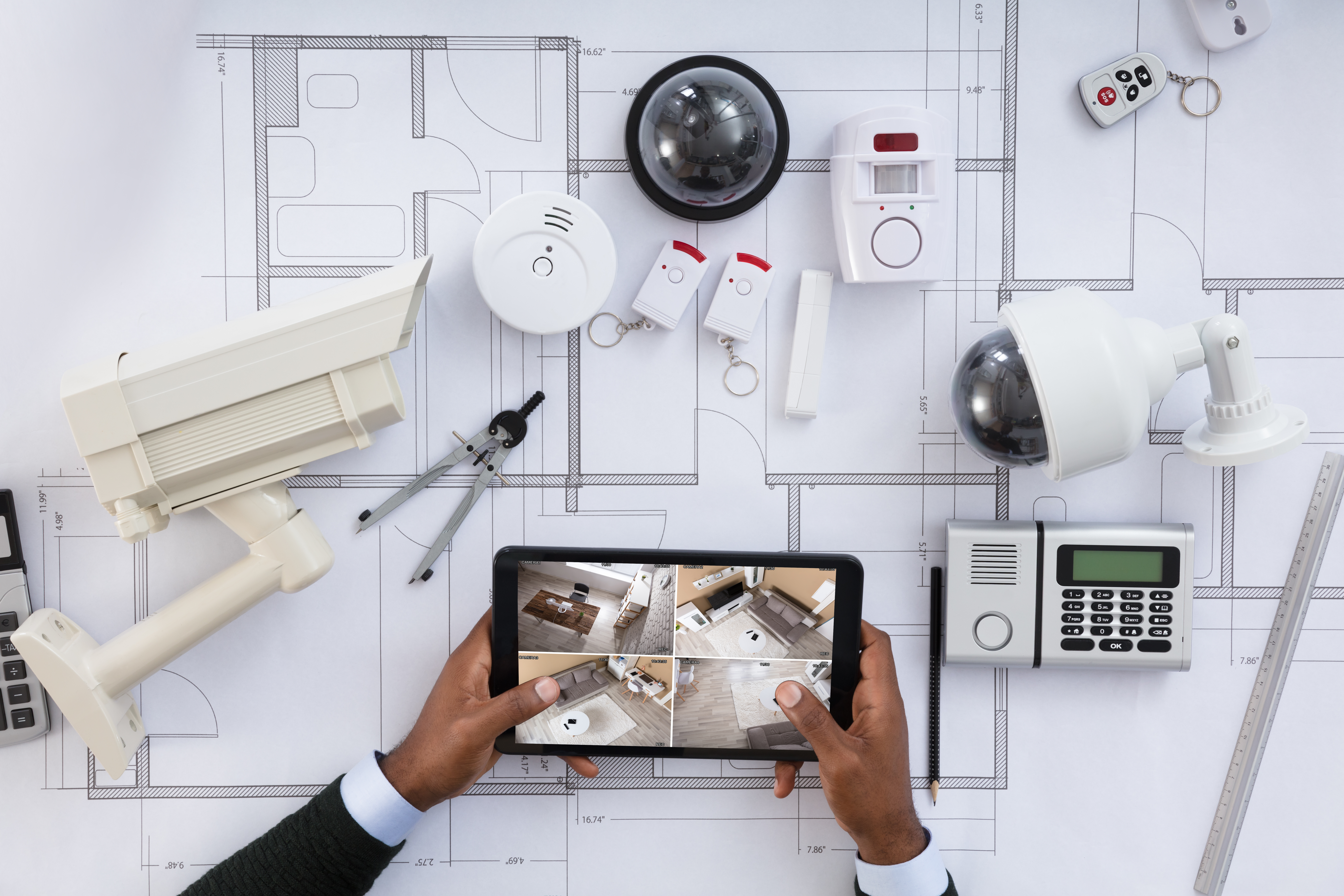If you’ve never had security cameras at your home or business, chances are that most of your information about them came from crime shows and news reports. Unfortunately, these sources provide a lot of incorrect information that can lead to some of the myths surrounding security cameras. Not to worry—today we’re here to dispel those myths by revealing the awesome the truth about home and business security cameras.
Myth #1: All Security Cameras Are the Same
This myth about home security is quite problematic. While all security cameras will capture footage when operating correctly, they aren’t created equal. Home security cameras are like any other form of technology—some options are more advanced than others and some are more prone to wearing out quickly. When selecting a security camera, consider things like image quality, moving parts, and remote access to determine the make and model that would be best for your home or business.
Myth #2: Security Cameras Can See It All

Myth #3: Wireless Cameras Have No Wires
We understand where the confusion comes in here—the word “wireless” implies—no wires. When it comes to wireless security cameras in Tucson, however, this means that there are no wires are required to run between the cameras and a central hub where footage is recorded or sent to the cloud. Instead, these security cameras use the internet to communicate with their hub and store the data in the cloud. Wires are still required to get power to the camera, so placement depends on the location of nearby outlets or the use of extension cords.
Myth #4: Home Security Cameras Don’t Need Lighting
While it is true that some home security cameras come with night vision, not all cameras do. Additionally, even with night vision capabilities, most cameras require light in order to capture color. Considering the fact that color can be very important in identifying things such as robbery suspects and getaway vehicles, it is definitely a good idea to place lighting around your property so your cameras can capture the most details possible.
Myth #5: All IP Cameras Are Easy to Hack
This is one of the more pervasive myths about security cameras. This isn’t without reason—there are numerous sites online where you can view hacked cameras in businesses and private residences. However, this isn’t an issue that impacts all IP cameras. Connecting your cameras to the internet does increase your risk when compared to CCTV options, but with the right protocols in place and caution on your part, you can use IP security cameras without worrying about hacking.
Myth #6: Camera Placement Is Easy

Myth #7: All You Need to Deter Criminals Is a Dummy Camera
This is a myth about home security that can put you at great risk. Yes, some criminals are inexperienced enough to be fooled by a prop security camera—but most aren’t. Fake cameras are easy to spot, as they lack the right wires and connections, aren’t made from the same high-quality materials as real cameras, and are often outdated when compared to the cameras people actually use. Skip the prop and opt for real Tucson security cameras.
Myth #8: It’s too Expensive to Own Security Cameras
It wasn’t all that long ago that security cameras were only affordable for retail establishments and the very rich. That’s no longer the case. Nowadays there are many options on the market at varying price points, making it easy for any homeowner to get the cameras they need in order to feel secure in their homes. It is possible to get a complete home security camera system for under 500 dollars, and as time goes by, security cameras will only become more affordable.
Myth #9: You Don’t Need Cameras if You Live in a Safe Area
Crime can occur anywhere, so being somewhere with a low crime rate doesn’t mean you should skip getting those security cameras. Break-ins are sometimes well-planned and occur in the best of neighborhoods when nobody is looking.
Keep in mind that there’s also more to security cameras than just home security. If you have children at home, you can monitor them while you are outside watering plants or in the basement doing laundry. If you work outside the home, you can use your cameras to see if a package has been delivered or to see who is at the door. You can even use them to make sure you turned off the lights or locked the door, giving you peace of mind.
Myth #10: Low Definition Cameras are Fine Because of Image Enhancement
This is another security camera myth we can blame on television. We have all watched a crime show where the police take a grainy image and enhance it until they are able to read the license plate or reveal the face of the criminal. In reality, enhancing grainy images is difficult in the best of cases and impossible the majority of the time. If you are concerned about needing to enhance images, skip the hassle and go for high-definition cameras.
If you are in the market for home security cameras in Tucson, we are here to help. Connect with CAVE to learn more.




